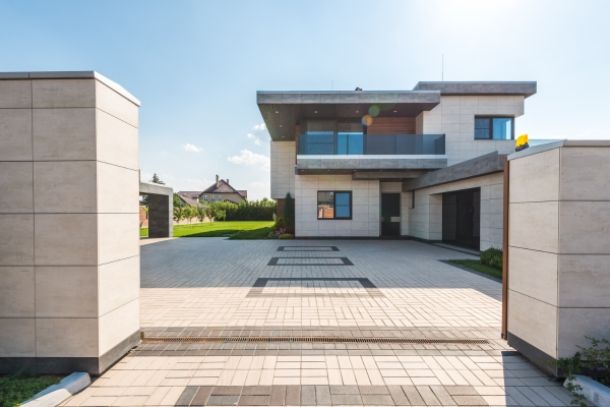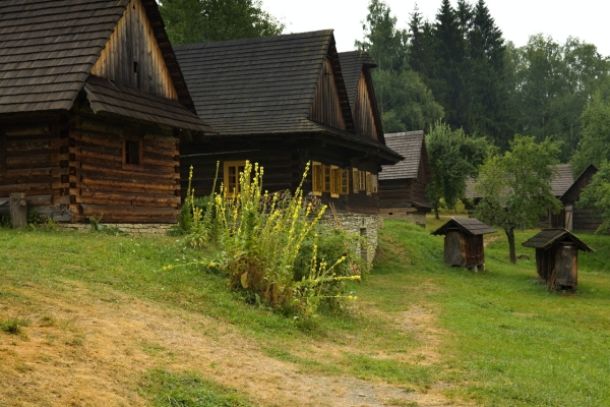The Path to Building Your Own Wooden Home
The Path to Building Your Own Wooden Home
Embarking on the journey to build your own wooden home is an empowering and transformative experience. “The Path to Building Your Own Wooden Home” is a practical, step-by-step guide designed to help DIY enthusiasts navigate every phase of the construction process. From initial planning and design to construction and finishing, this article provides actionable tips, expert advice, and motivational insights to help you turn your dream into a tangible, lasting structure.
Introduction
Building your own wooden home is a deeply personal endeavor that combines creativity, practicality, and a strong connection to nature. It’s a journey that involves learning new skills, overcoming challenges, and ultimately, creating a space that is uniquely yours. This guide outlines the pathway to constructing a wooden home, offering a clear roadmap that covers everything from concept to completion.
Starting with a Vision and Plan
Clarify Your Goals:
Begin by defining what you envision for your home. Consider factors such as the number of rooms, overall style, and the specific functions each space will serve. Creating a detailed vision helps set the tone for the entire project and guides your decision-making process.
Develop Detailed Blueprints:
Translate your vision into detailed blueprints. Whether you draft your plans by hand or use digital design software, make sure your blueprints include accurate measurements, structural details, and the placement of key elements such as windows, doors, and utilities. These plans will serve as your roadmap during construction, helping to avoid costly mistakes.
Budgeting and Scheduling:
Establish a comprehensive budget that covers all aspects of the project, from materials and tools to permits and labor. Break down the project into manageable phases with a realistic timeline for each stage. Effective budgeting and scheduling are critical to keeping your project on track and ensuring that every detail is addressed.
Preparing Your Site and Foundation
Site Evaluation and Selection:
Choosing the right location for your home is fundamental. Evaluate factors such as soil stability, drainage, sunlight exposure, and proximity to utilities. A thorough site assessment ensures that the foundation of your home is built on solid ground.
Laying a Solid Foundation:
A strong foundation is the backbone of any building. Depending on your site conditions, decide on a foundation type—be it a concrete slab, pier and beam, or crawl space. Proper site preparation, including leveling and ensuring adequate drainage, is essential to prevent future structural issues and moisture problems.
Construction: Framing, Joinery, and Assembly
Erecting the Frame:
With your foundation in place, begin constructing the frame using high-quality, treated lumber. Accurate framing is crucial for the overall stability of your home. Utilize modern tools such as laser levels and digital measuring devices to ensure that every cut and assembly is precise.
Joinery Techniques:
Incorporate both traditional and modern joinery techniques to create strong, aesthetically pleasing connections. Methods like mortise and tenon, dovetail, and saddle notches not only provide durability but also add a handcrafted charm to your home. Combining these with modern fasteners ensures a robust, lasting structure.
Insulation and Roofing:
Once the frame is complete, focus on insulation and roofing. Insulate walls, floors, and roofs using eco-friendly materials to enhance energy efficiency and maintain a comfortable indoor climate. Choose a roofing system that complements your design and offers protection against local weather conditions—whether that’s wooden shingles or metal panels.
Interior and Exterior Finishing
Exterior Treatments:
Apply high-quality sealants, stains, or eco-friendly paints to protect the exterior wood from the elements. A well-maintained finish enhances the natural beauty of the wood and prolongs the life of your home. Regular maintenance, such as resealing and cleaning, is essential to keep your home looking its best.
Personalizing the Interior:
Design the interior of your home to reflect your personal style and functional needs. Consider open layouts that maximize natural light and create a sense of spaciousness. Custom-built features like cabinetry, exposed beams, and handcrafted details add warmth and individuality to your living space.
Energy-Efficient Features:
Integrate energy-efficient windows, doors, and appliances to reduce utility costs and create a more sustainable home. Modern smart home systems can also be incorporated to automate lighting, climate control, and security, adding convenience and efficiency.
Long-Term Maintenance and Adaptability
Routine Upkeep:
Building your home is only the beginning—the key to long-term success is regular maintenance. Schedule periodic inspections to catch early signs of wear, moisture, or pest issues. A proactive approach to maintenance will keep your home safe, efficient, and visually appealing for years to come.
Adaptability for the Future:
Design your home with flexibility in mind so that it can evolve with your needs. Whether it’s adding an extra room or modifying existing spaces, a well-planned wooden home can adapt to changing circumstances and continue to serve you well over time.
Embracing the Journey
Learning and Community:
The process of building your own home is as enriching as the final result. Embrace each challenge as an opportunity to learn, and engage with DIY communities or workshops to exchange ideas and gain insights from fellow builders. Your journey will be filled with growth, creativity, and the satisfaction of creating something truly your own.
Celebrating Milestones:
Every stage of construction is a milestone worth celebrating. Document your progress, take time to appreciate the craftsmanship involved, and share your achievements with family and friends. The joy of building your own wooden home is a reward in itself.
Conclusion
The pathway to building your own wooden home is a comprehensive journey that blends careful planning, skilled craftsmanship, and personal creativity. By following detailed blueprints, selecting quality materials, and using both traditional and modern construction techniques, you can create a home that is not only structurally sound but also a true reflection of your personality. Embrace the process, overcome challenges with determination, and let your self-built wooden home become a lasting testament to your ingenuity and passion.


